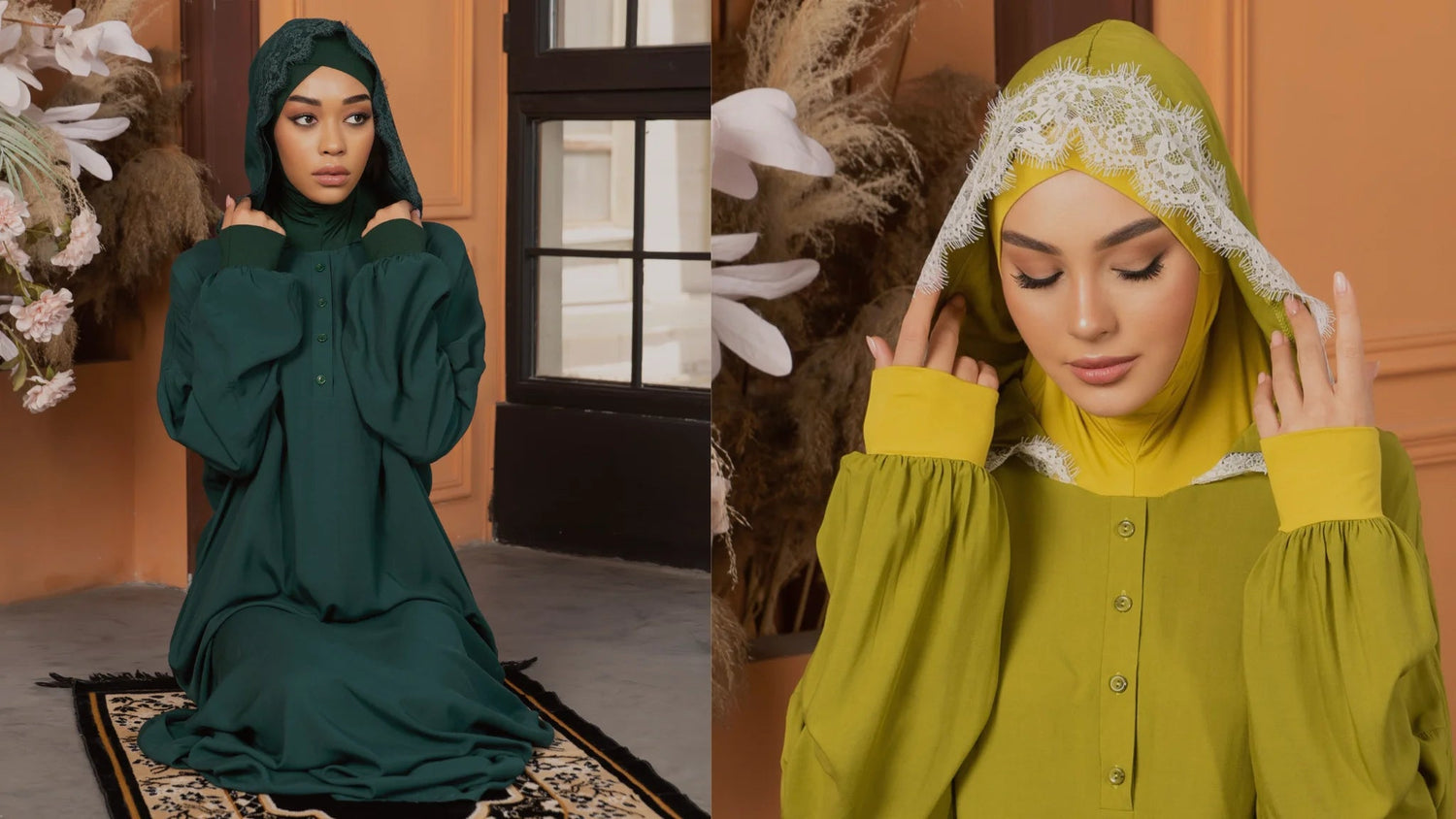Why Muslim women wear hijab?
Have you ever wondered why Muslim women wear hijab? Let's delve into the reasons behind this important practice.
Religious Obligation
For many Muslim women, wearing the hijab is a religious obligation that stems from the teachings of Islam. The Quran, the holy book of Islam, instructs both men and women to dress modestly. The hijab, which covers the head and chest, is seen as a way to fulfill this requirement.
Cultural Identity
Beyond its religious significance, the hijab also serves as a symbol of cultural identity for many Muslim women. It is a way to express their faith and connection to their heritage. In some cultures, the style and color of the hijab can indicate a woman's background or beliefs.
Modesty and Respect
Wearing the hijab is often viewed as a way to promote modesty and respect. By covering their hair and body, Muslim women aim to redirect the focus from physical appearance to inner qualities and character. This practice is believed to foster a sense of dignity and self-respect.
Protection and Empowerment
Some Muslim women see the hijab as a form of protection and empowerment. By choosing to wear the hijab, they assert control over their own bodies and dictate how they are perceived by others. It can be a way to challenge societal norms and stereotypes.
Solidarity and Sisterhood
Wearing the hijab can also create a sense of solidarity and sisterhood among Muslim women. It serves as a unifying symbol that transcends cultural and national boundaries. Many women find strength and support in the shared experience of wearing the hijab.
In conclusion, the decision to wear the hijab is deeply personal and multifaceted. It is influenced by religious beliefs, cultural identity, notions of modesty, and a desire for empowerment. Understanding the significance of the hijab in Muslim women's lives can foster greater respect and appreciation for this practice.

